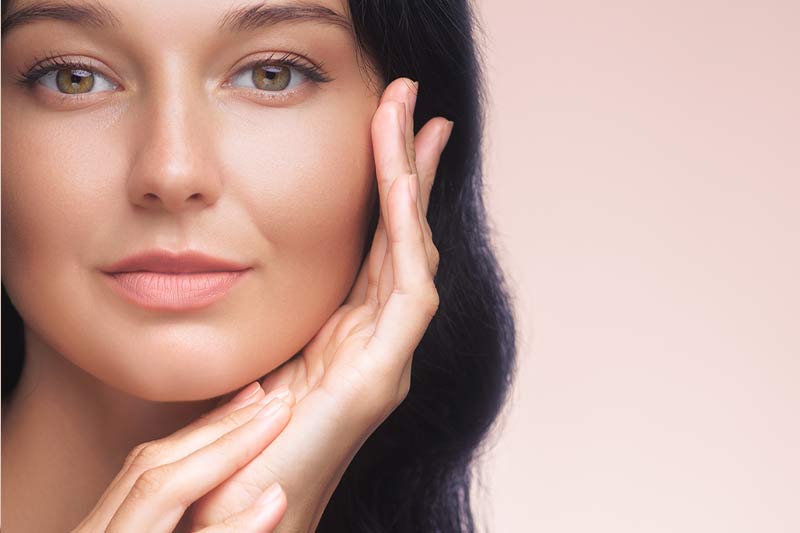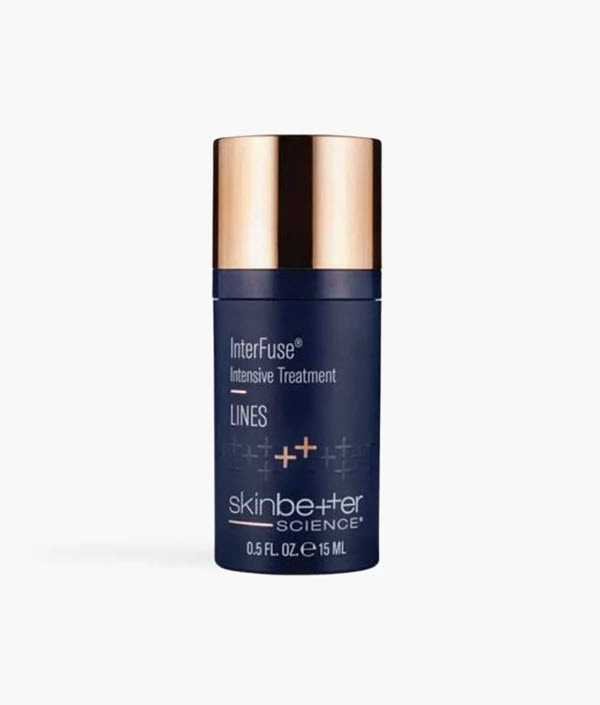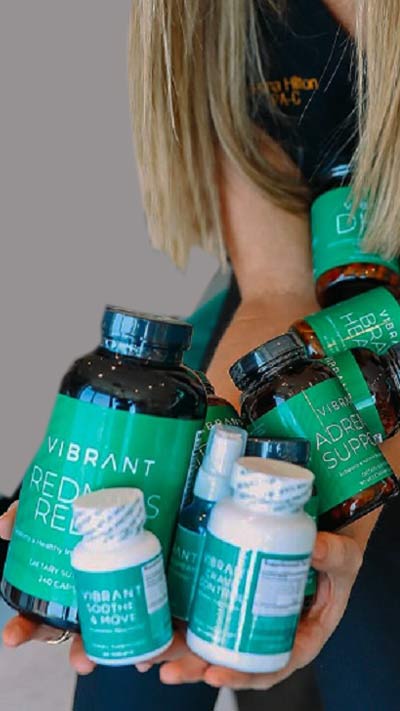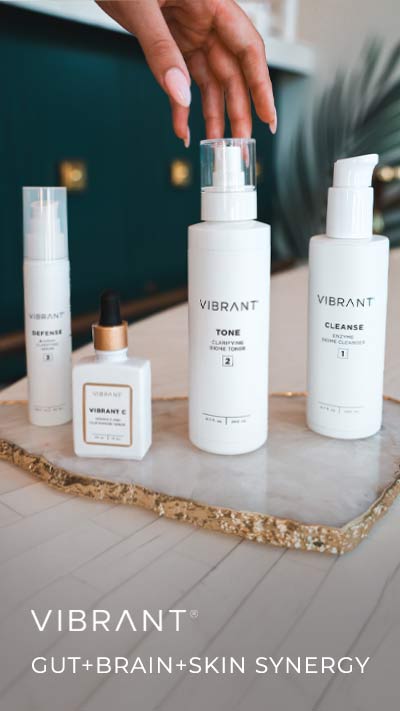Fatty acids enhance the skin’s natural elasticity, complexion, and texture. Oleic acid is a popular ingredient in natural skincare products and a fundamental component of many oils, used both in cooking and cosmetics. It visibly rejuvenates dry and aging skin, leaving it soft, supple, and glowing.
Discover how oleic acid for the skin works, what benefits to expect, and how to use it properly.

What Is Oleic Acid?
Oleic acid (omega-9) is a monosaturated fatty acid found in various animal and vegetable sources. Medical weight loss providers often replace unhealthy, saturated fats with this fatty acid to lower cholesterol, improve heart health, and reduce inflammation.
This odorless and colorless fatty acid is a crucial component of natural oils and skincare products due to its powerful emollient qualities that soften and hydrate the skin.
Sources of Oleic Acid
Oleic acid is a non-essential fatty acid that our bodies naturally produce. You can also obtain it from animal fats and other food sources to improve your skin quality and overall health.
Oils Rich in Oleic Acid
Oils are rich sources of oleic acid. They can be used in low-heat cooking or found in natural skincare products to repair dry, damaged skin. Here are the most abundant sources of oleic acid:
- Olive oil
- Argan oil
- Macadamia nut oil
- Almond oil
- Avocado oil
- Marula oil
- Sesame oil
- Emu oil
- Cashew oil
- Peanut oil
- Hazelnut oil
- Flaxseed oil
Note: If your skin is oily and prone to clogging, use oils containing linoleic acid instead.
Foods Rich in Oleic Acid
Foods abundant in oleic acid can be cold-pressed into oils or incorporated into your diet as a whole food. They include the following:
- Olives
- Avocados
- Apricot kernel
- Safflower
- Eggs
- Cheese
- Seeds (e.g., sunflower, sesame, pumpkin seeds)
- Poultry (e.g., chicken, turkey)
- Fish (e.g., salmon, mackerel, sardines, trout)
- Nuts (e.g., walnuts, almonds, hazelnuts, macadamia nuts)
- Legumes (e.g., lentils, chickpeas, beans)
Benefits of Oleic Acid
This fatty acid is beneficial for the skin and overall health. Its antioxidant properties make it vital in skincare routines and essential in a healthy, well-balanced diet.

Benefits of Oleic Acid for the Skin
Oleic acid nourishes and protects the skin, improving its overall quality in the following ways:
Hydration
It is an excellent moisturizer, suitable for treating dry, flaky skin. It prevents moisture loss, provides deep hydration, and softens the outer skin layer.
Skin Barrier Repair
Oleic is a component of many anti-pollution skincare products because it strengthens the skin’s natural protective layer, which shields the skin from environmental stressors such as pollutants, allergens, or irritants.
Anti-Inflammatory Properties
It reduces skin inflammation, repairs, and soothes compromised or irritated skin. Oleic acid improves the integrity of cell membranes to help the skin recover after scratches, cuts, or injuries. Its calming effect may reduce the side effects of eczema, psoriasis, or rosacea.
Anti-Aging Qualities
Oleic acid helps fight off free radicals that damage the skin’s DNA and deplete elastin and collagen levels, resulting in premature aging (e.g., wrinkles, age spots, skin laxity).
Enhanced Product Absorption
Oleic acid helps keep the skin’s lipid barrier intact, allowing for better and faster absorption of skincare products.
Improved Skin Texture
Oleic acid replenishes lost lipids and nourishes all skin layers, resulting in softer, smoother skin.
Note: Read what causes dry skin and discover the best skincare routine for dry skin.
Health Benefits of Oleic Acid
Food containing oleic acid can improve the following health areas:
- Cardiovascular health – Protects the heart, reducing the risk of strokes or heart attacks.
- Lower blood pressure – Reduces blood pressure and lowers the risk of hypertension-related health conditions.
- Reduced cholesterol – Maintains healthy HDL cholesterol levels and keeps “bad” LDL cholesterol in check.
- Blood sugar regulation – Increases insulin sensitivity, offering protection against insulin resistance and diabetes type 1 and 2.
- Brain health– Contributes to the structure and functioning of brain cells, stabilizing the mood and improving memory and cognition.
- Hormone balance – Has a role in the synthesis of hormones, helping to prevent hormonal imbalance.
- Cancer prevention – Inhibits tumor growth and cancer cell proliferation.
- Weight management – Promotes a feeling of fullness and reduces appetite.
- Maintaining healthy scalp and hair – Penetrates the hair shaft, nourishes the hair follicle, and strengthens the hair, making it more supple and glossy.
Risks and Side Effects of Oleic Acid
Topical use of oleic acid is unsuitable for sensitive skin types, especially if applied in pure form. Oleic acid may provoke the following side effects:
- Sensitivity
- Redness
- Itchiness
- Irritation
- Rashes
- Dullness
You can minimize these risks by using natural skincare products that contain oleic acid and other natural oils and ingredients.
Avoid using oleic acid supplements with blood thinners to avoid bleeding or an increase in blood pressure. Always consult a doctor before introducing a new supplement.
How to Use Oleic Acid for Skin Care
Oleic acid enhances the texture of skincare products and protects other antioxidant ingredients against too much light or air exposure. You can apply different formulations directly to your skin to ensure quicker absorption. Do not use oleic acid on its own or in the form of olive oil because it can damage or disrupt your skin barrier.
Use skincare products with oleic acid, such as facial oils, moisturizers, or creams. Choose the formulation that suits your skin type and routine.
Gently cleanse your skin and apply the product using upward, circular motions to ensure quicker absorption. Always perform a patch test on your skin before trying out a new product.
Note: Learn about the role of antioxidants in skin care.
Vibrant Skin Bar offers Skinbetter Science InterFuse Intensive Treatment LINES for $140.

Note: Learn the basics of proper skin hygiene with our ultimate skincare guide.
Oleic Acid: Frequently Asked Questions
There are many factors to consider when choosing a skincare product suitable for your skin type and specific skin concern. Read the answers to the most frequently asked questions about oleic acid.
Does Oleic Acid Clog Pores?
Omega-9 in its pure form is not comedogenic, so it does not clog pores or cause breakouts. However, acne-prone skin types may experience pore congestion due to a product formulation’s thicker consistency, impurity, or other ingredients.
Does Oleic Acid Damage the Skin Barrier?
Moderate usage fortifies the barrier and makes the skin more resilient. However, free fatty acids (FFAs), such as oleic acid, may also disrupt the skin barrier if used immoderately or inappropriately. That is why dermatologists strongly discourage applying olive oil directly to the skin or using impure oleic acid formulations.
Is Oleic Acid Better than Linoleic Acid for Skin?
Both types are considered safe and beneficial, and your skin type determines the choice. Linoleic acid-containing products are lighter, thinner, and absorb quickly, so they are ideal for oily, acne-prone skin. Products with oleic acid are typically heavier, thicker, and offer deep hydration, which makes them suitable for dry, dehydrated, and aging skin.
Conclusion
Oleic acid has a remarkable moisturizing, protective, and anti-inflammatory effect on the skin. It is ideal for addressing roughness and dehydration or rejuvenating aging skin. Used daily in combination with other soothing ingredients and lipids, it can help you achieve a healthy, radiant appearance.
Contact our holistic skincare experts to learn more about how to use oleic acid for the skin most effectively.


